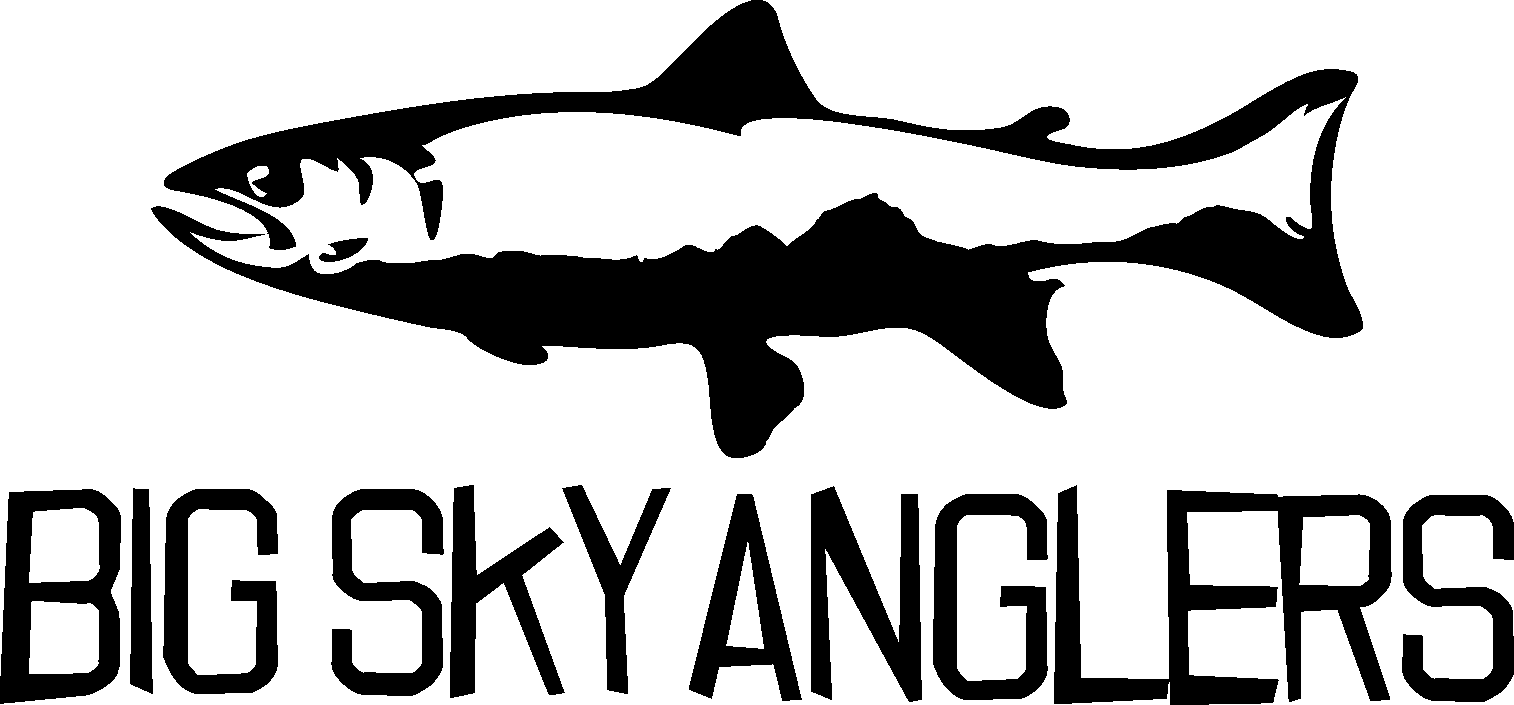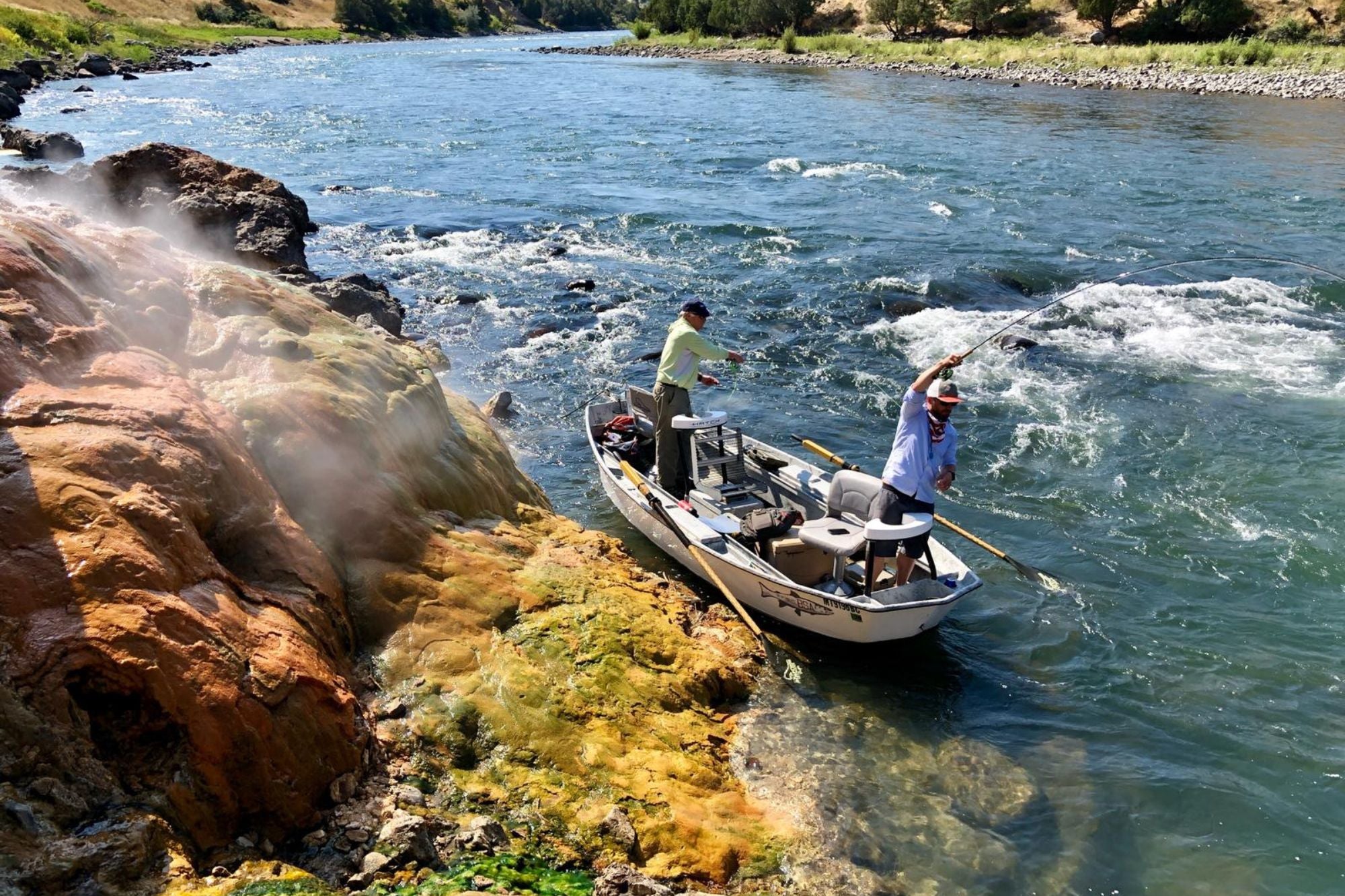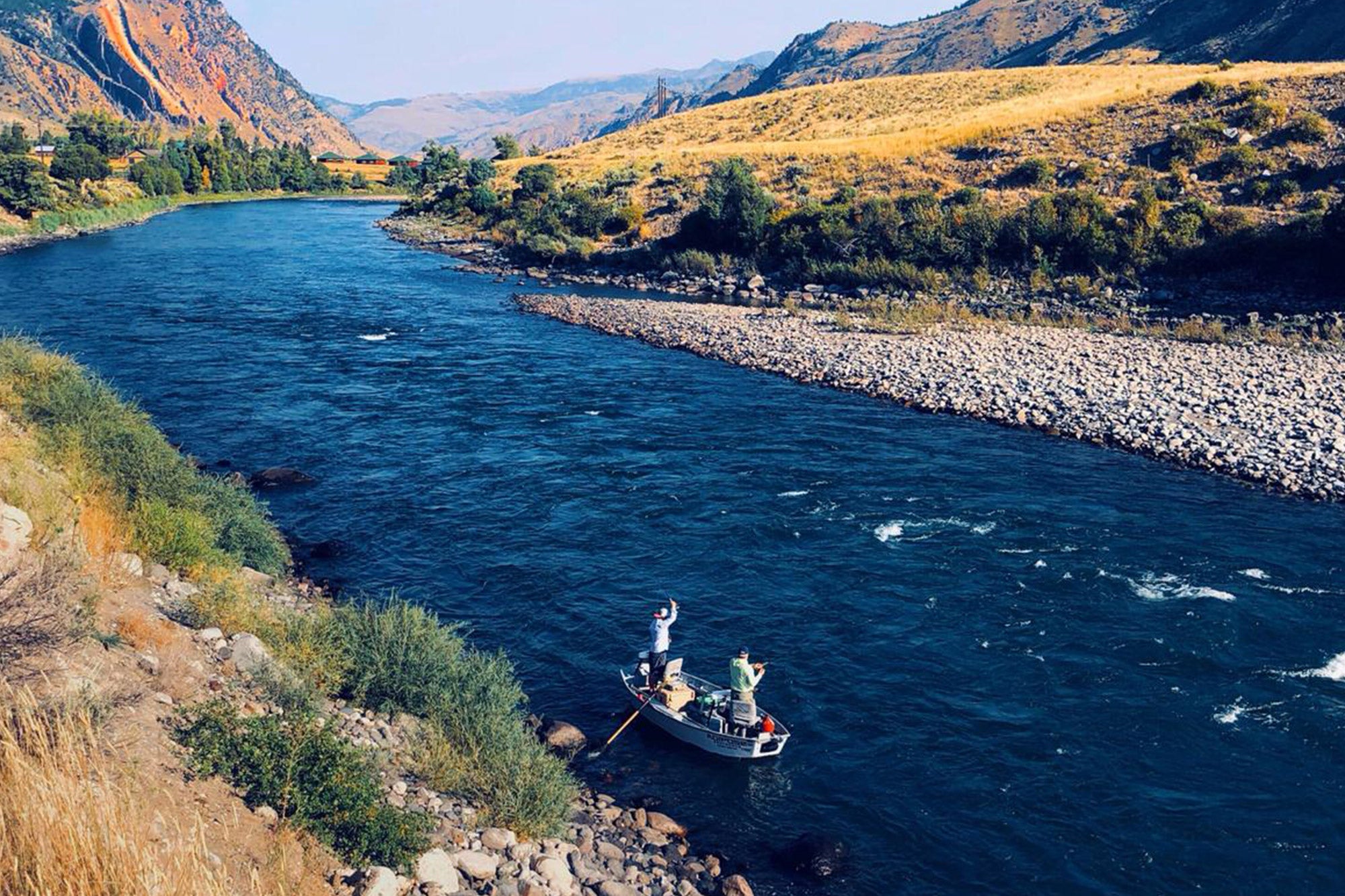The Yellowstone River
The Yellowstone rises in the mountains south of Yellowstone Park and flows through a pristine wilderness before flowing into Yellowstone Lake. When it emerges from the lake near Fishing Bridge, it is already the largest river in our region aside from the Missouri. The ‘Stone is widely heralded as the longest free flowing river in the Lower 48, hindered only by the occasional irrigation diversion dam in its lower reaches.
FAQs
The section of river from Yellowstone Lake down to Chittenden Bridge opens to fishing on July 15. Access is excellent as the road parallels the river for the entire stretch. This area offers the angler opportunities to fish for native Yellowstone cutthroats with dry flies as well as nymphs. The hatches on this section of river are often complex, and match-the-hatch fishing is common. Consult with a local fly shop about hatches and river conditions when you arrive.
Below Chittenden Bridge the mighty Yellowstone plunges over two spectacular waterfalls and begins its journey through the Grand and Black Canyons before exiting the Park at Gardiner. Downstream of the lower falls you will find native Yellowstone cutthroats as well as a few Rainbow Trout, Brown Trout, and Mountain Whitefish. This section of river has very little easy access and is usually only fished by adventurous anglers who enjoy hiking as much as fishing. Large attractor dry flies and nymphs are most effective in the turbulent canyon pocket water.
Outside of the Park, the Yellowstone continues to offer excellent fishing as it flows north through Paradise Valley. At the town of Livingston, MT the river turns to the east and makes its way towards eastern Montana. Even in these lower reaches, the ‘Stone offers some good angling, thought he trout become less plentiful. Fishing outside of the Park is predominantly done via driftboat, which opens up the whole river to angling. At different times of year, every approach from large streamers, to hoppers, and nymphs, to smaller caddis and mayflies can be used to catch trout.
In all sections, the Yellowstone is big water and anglers should exercise caution when fishing and wading.








